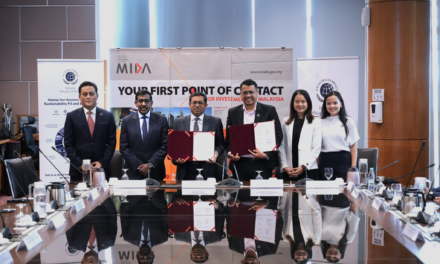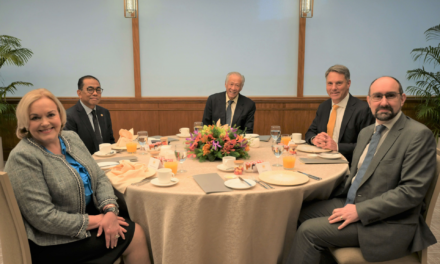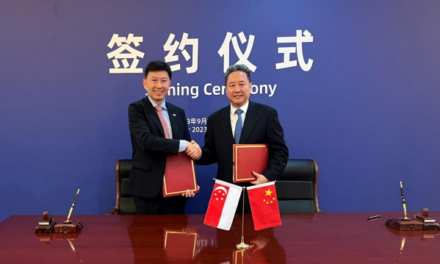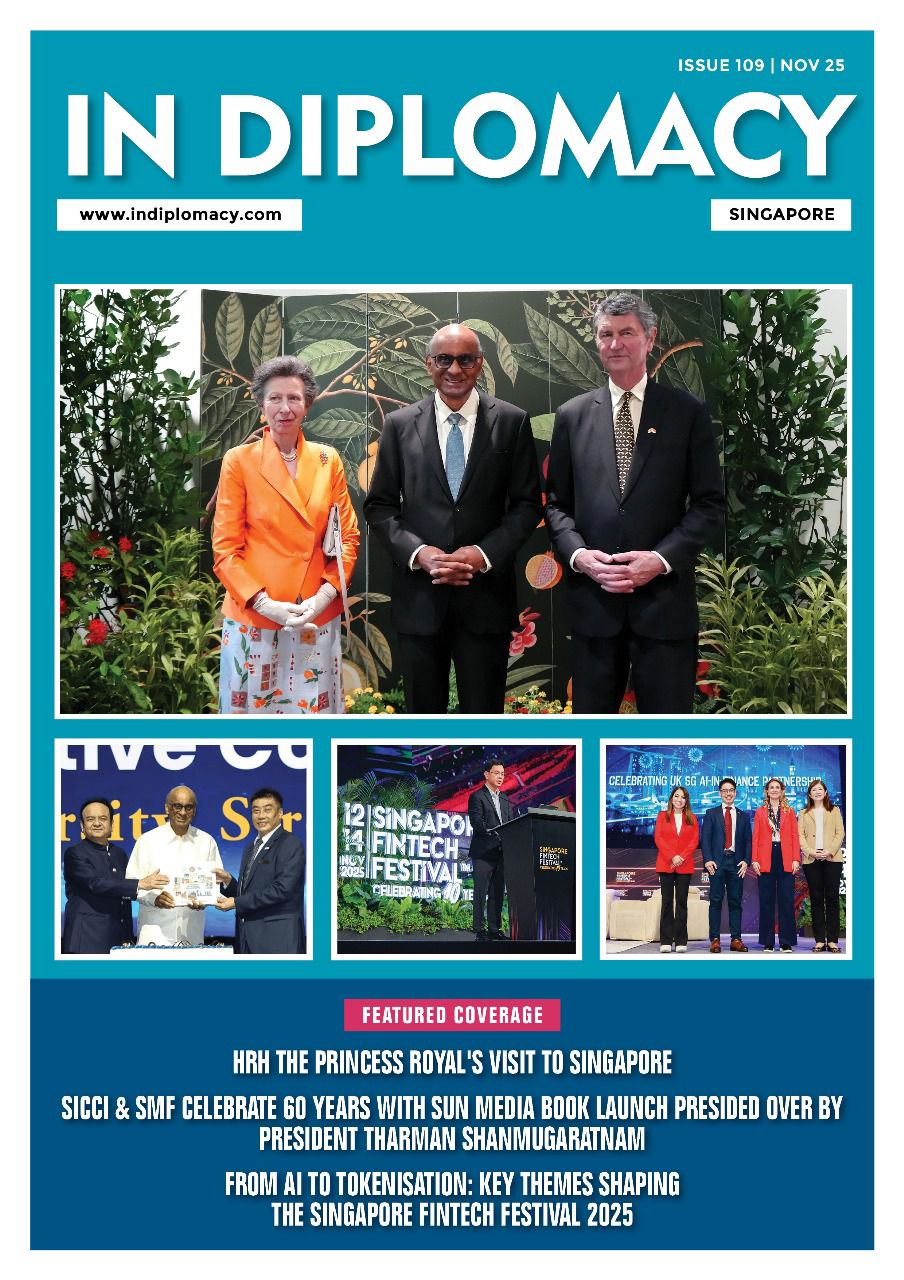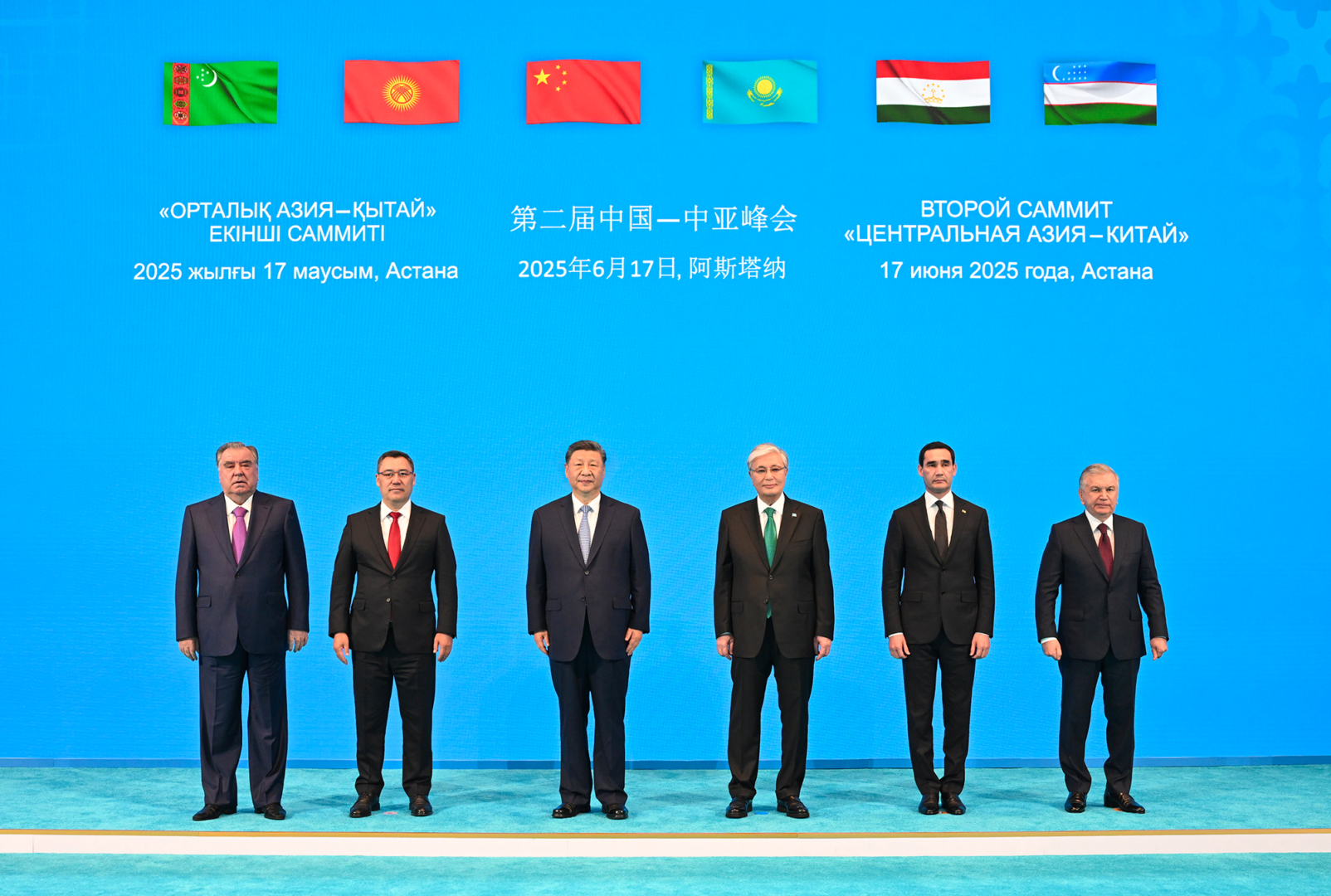
Second China–Central Asia Summit lays foundation for a rules-based regional framework, highlighting new cooperation in green energy, digital trade, and co-industrial development.
Astana, Kazakhstan, 17 June 2025 – The Second China–Central Asia Summit concluded with the launch of a multilateral regional framework that signals a new era of institutionalised cooperation. Hosted in Astana, the summit marked a strategic evolution of the China–Central Asia partnership, moving from infrastructure contractors and recipients, but as co-designers of a future-oriented regional order.
Chinese President Xi Jinping and Central Asian leaders agreed on a comprehensive agenda encompassing economic integration, digital connectivity, green development, and regional security. Over US$17 billion in new agreements were signed, including projects in energy, transport, and finance. China also reaffirmed support for Uzbekistan’s WTO accession and the establishment of four regional centres in China focused on poverty alleviation, education, desertification control, and trade facilitation.
The summit also underscored a shift in the Belt and Road Initiative (BRI)—from “infrastructure first” to building full industrial ecosystems. Notable projects include new EV and solar manufacturing agreements, the creation of an Electronic Silk Road, and plans for a Fiber Optic Digital Corridor connecting Xinjiang to western Uzbekistan.
In a symbolic moment of regional solidarity, leaders adopted the Treaty on Eternal Good-Neighborliness and Cooperation, reinforcing the so-called “China–Central Asia Spirit” of mutual respect, trust, benefit, and assistance.
Source: SLLS Global

